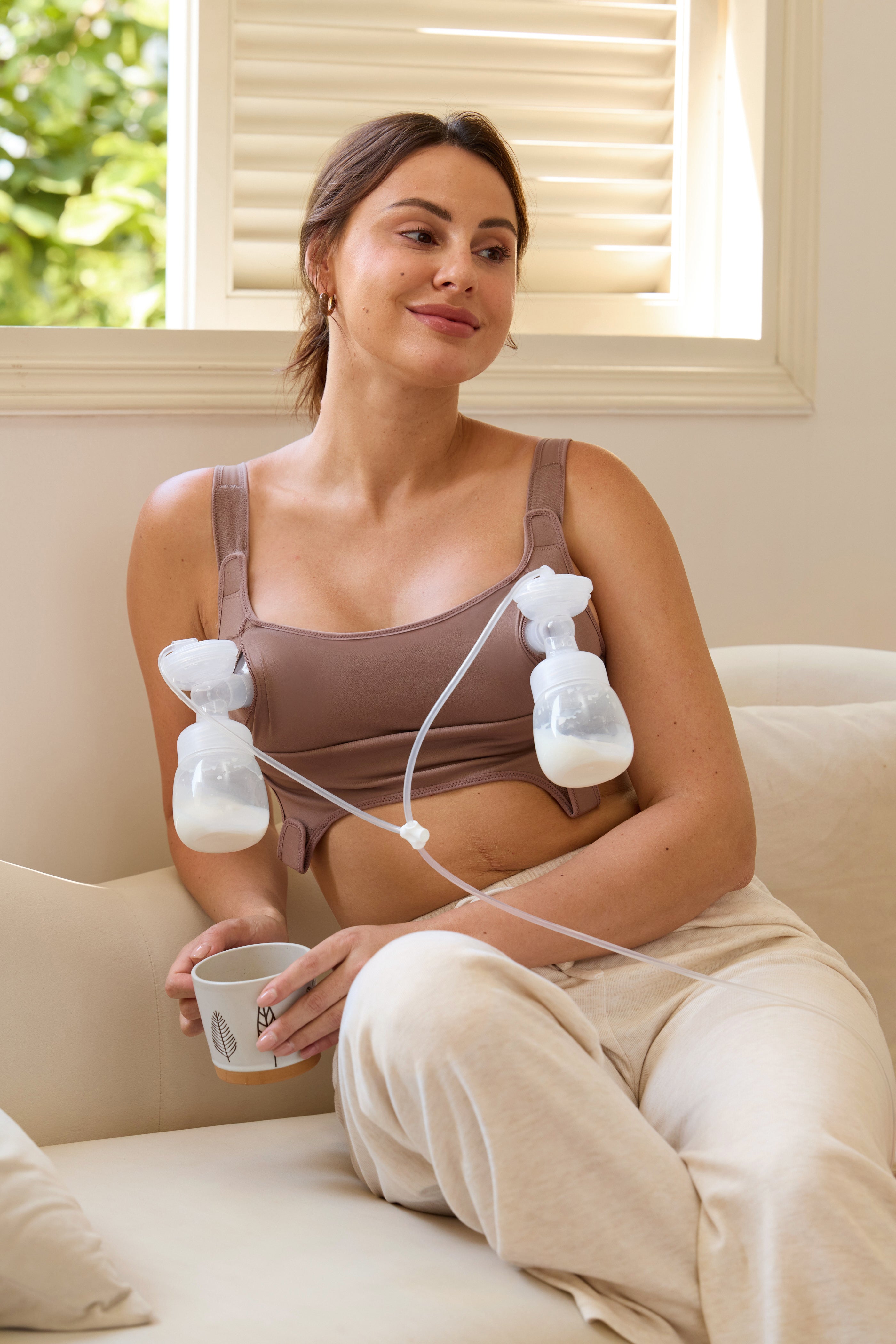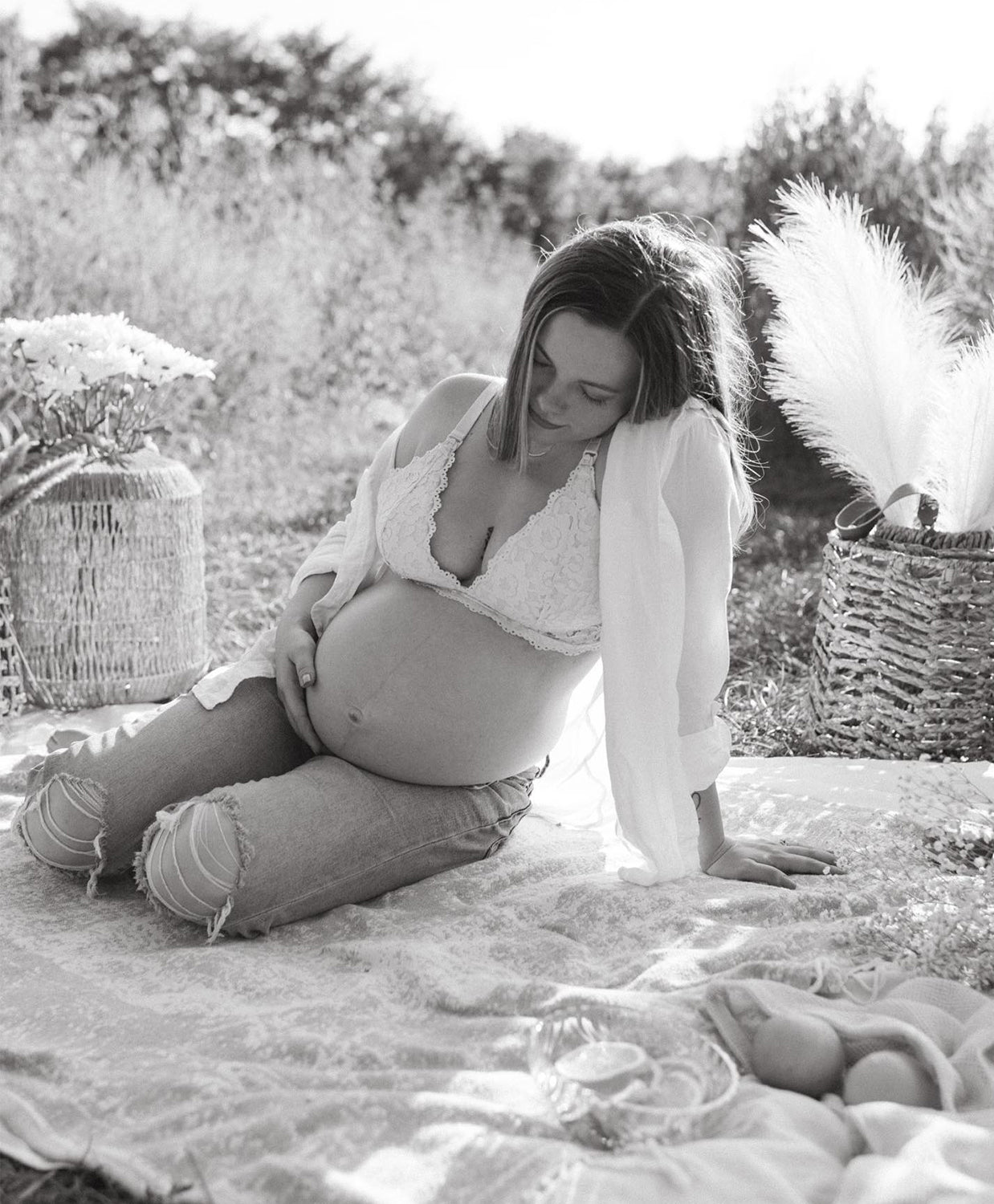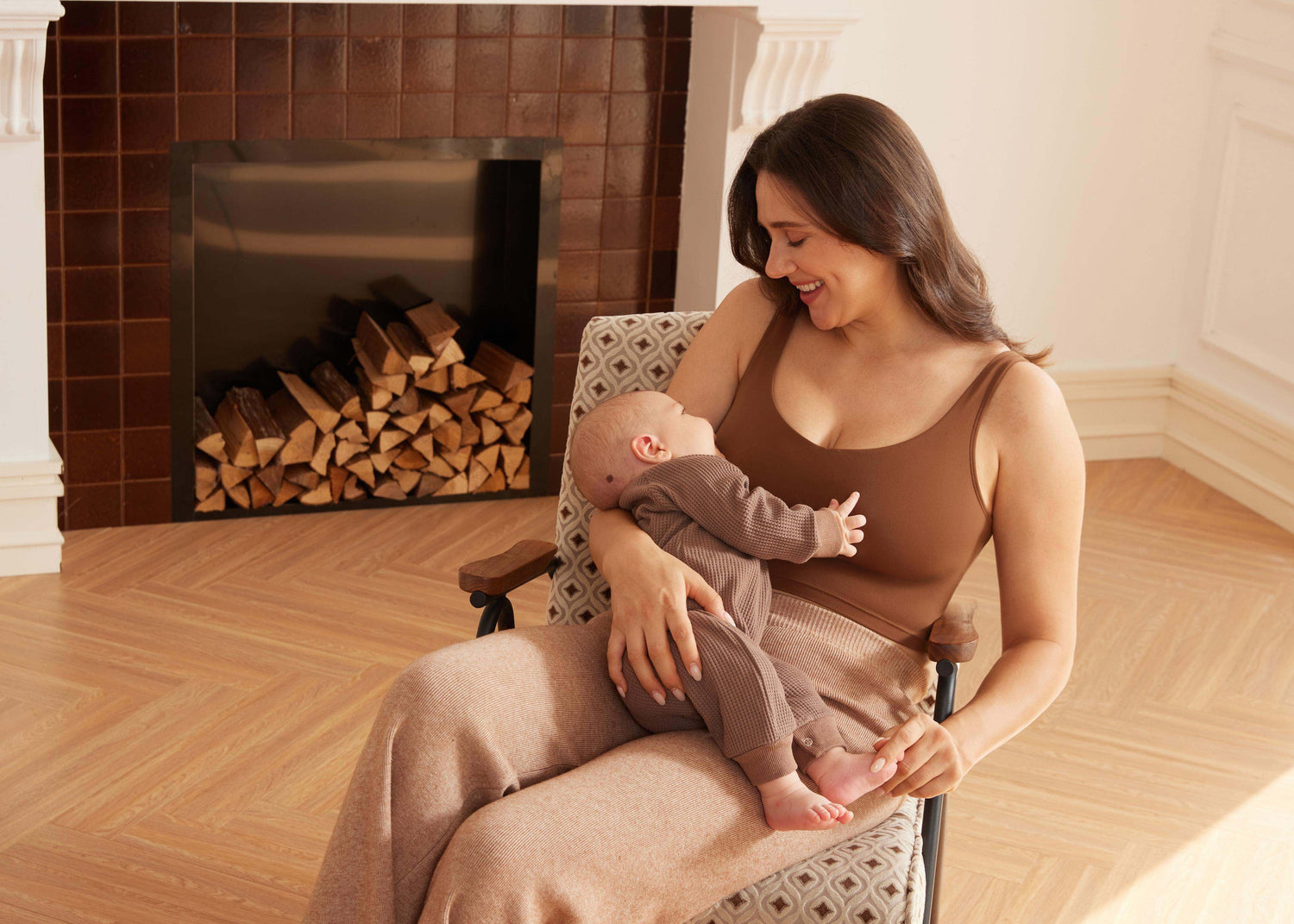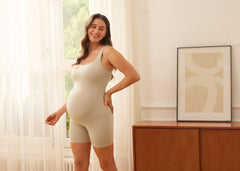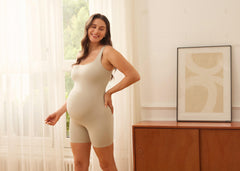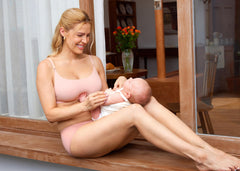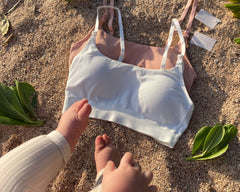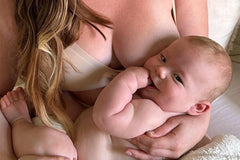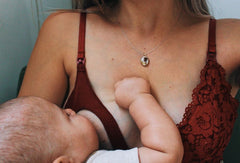Whether you’re going back to work, need a break, or simply want to have some milk stored up for future use, knowing how to thaw frozen breast milk properly is essential. If it’s not done right, you risk losing valuable nutrients or even introducing harmful bacteria into the milk.
Here’s everything you need to know about safely thawing frozen breast milk and making sure it’s ready for your baby.
Thawing Breast Milk the Right Way
1. Thawing in the Refrigerator
The refrigerator method is by far the safest and most reliable way to thaw frozen breast milk. It might take some time, but it keeps the milk at a safe temperature and preserves its nutrients.
All you need to do is take the frozen milk and put it in the fridge about 12 to 24 hours before you need it. You don’t need to rush it—slow thawing at a controlled temperature is ideal.
As it thaws, keep the milk in its container, whether it's a bottle or a milk storage bag, to avoid contamination. After the milk has thawed, you can keep it in the fridge for up to 24 hours. Don't refreeze it once it’s been thawed.
SEE ALSO How Long Is Breast Milk Good for in the Fridge

2. Thawing with Warm Running Water
Sometimes you need milk in a hurry, and that's where the warm running water method comes in handy. It's not as slow as the fridge method, but it’s safe if you follow the right steps. Simply fill a bowl or sink with warm (not hot!) water. The water should be around body temperature—about 98°F or 37°C.
Submerge the milk bag or bottle in the warm water, making sure it doesn’t come into direct contact with the water to avoid contamination. Keep an eye on it as it thaws—this method usually takes about 20 to 30 minutes, depending on how much milk you’re thawing. Never use hot water because it could heat the milk unevenly or destroy its nutrients.
3. Using a Bottle Warmer
If you’ve got a bottle warmer, this can be a great way to thaw milk quickly and efficiently. These devices are designed to warm milk to a perfect temperature, which helps preserve its nutrients. All you need to do is place the frozen milk in the bottle warmer and set it to the right temperature, usually around 98.6°F (37°C), which is body temperature.
It’s a convenient method, but you’ll still want to be careful to avoid overheating the milk. Always check the temperature of the milk before feeding it to your baby to make sure it’s not too hot.
4. Avoid Microwaving Breast Milk
Though microwaving might seem like an easy solution, it’s not the best choice for thawing breast milk. Microwaves heat food unevenly, and in the case of breast milk, this can cause dangerous hot spots that can burn your baby’s mouth. Not to mention, the intense heat can also break down some of the important nutrients in breast milk.
What You Should Know About Handling Thawed Milk
For starters, never refreeze thawed milk. Once the milk has been thawed and your baby has started drinking from it, it should not be saved for later. Any unused milk should be thrown out within two hours of the first feeding.
Also, even if the milk hasn’t been used, thawed breast milk should be used within 24 hours. After this time, it can start to harbor bacteria, even if it’s been kept in the fridge. Always label your storage containers so you know when it was frozen and thawed, to help you track how long it’s been.
Common Mistakes to Avoid When Thawing Breast Milk
One mistake some moms make is thawing breast milk at room temperature for too long. Leaving it out can allow harmful bacteria to grow, so it’s always safer to stick to a cooler method like the fridge or warm running water. You also want to avoid thawing more milk than you actually need. If your baby doesn’t finish the bottle, you can’t keep it for later. Thawed milk should be discarded within two hours of being warmed up.
Another key thing to avoid is using hot water. While it’s tempting to rush the process, hot water can cause uneven heating and destroy nutrients. Always go for lukewarm water to maintain the quality of your milk.
Can You Refreeze Thawed Milk?
It’s a common question, and the answer is no—you should never refreeze thawed breast milk. Once it’s been thawed, it’s not safe to put it back in the freezer. The best practice is to thaw only the amount of milk you think your baby will consume. This way, you won’t have leftovers that need to be thrown out.
Conclusion
Thawing breast milk is a simple process, but it’s important to get it right to ensure your baby is getting safe, nutritious milk. The fridge method is always the best option, but if you’re in a pinch, warm running water or a bottle warmer will do the job quickly without compromising the quality.
Just remember to never use hot water or the microwave, and always handle thawed milk with care. With these tips, you’ll ensure your baby gets the best nutrition, whether it’s fresh or frozen.
Taking care of your baby is no easy task, but don’t forget to take care of yourself too. Choosing right maternity bras can make a big difference in your comfort. It provides the support you need, eases back pain, and helps you adjust to your body’s changes during pregnancy and breastfeeding.
FAQs
Can I thaw breast milk at room temperature?
It’s not the best idea to thaw breast milk at room temperature for too long. It can lead to bacterial growth, so it’s always better to use the fridge or warm water.
Is it safe to use the microwave to thaw breast milk?
It’s not recommended. Microwaves heat unevenly and can cause hot spots that could burn your baby’s mouth. Plus, they can destroy some of the milk’s nutrients.
How long can I keep thawed milk in the fridge?
You can keep thawed milk in the fridge for up to 24 hours. After that, it should be discarded, even if it hasn’t been used.


